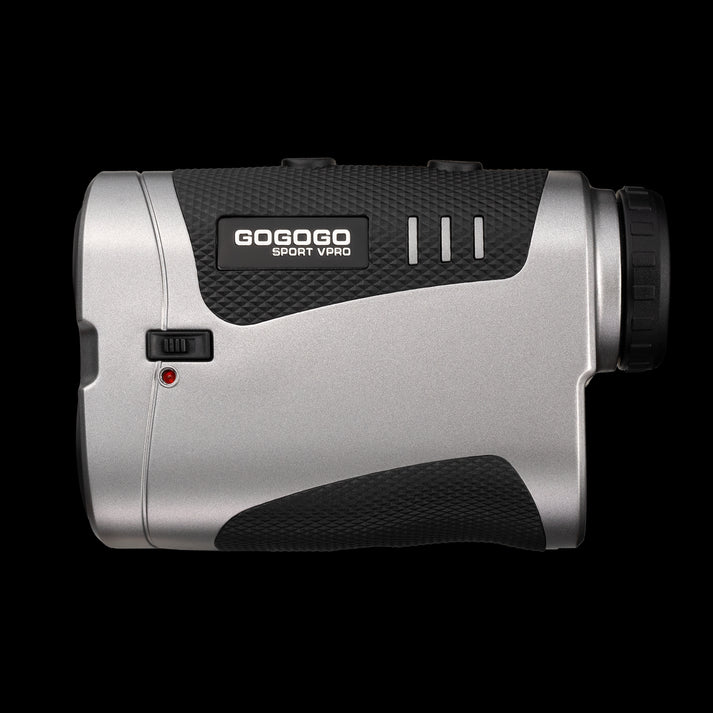Most golfers waste hours at the driving range hitting ball after ball with no measurable improvement. The secret? Structured practice that mimics real-course demands while addressing technical flaws. Whether you’re warming up with wedges or simulating pressure shots, every minute needs purpose – here’s how elite players optimize their 60-minute sessions.
Warm-Up: Activate, Don’t Exhaust
Begin with 30 balls divided into two phases. First: 20 wedge shots targeting 50-100 yard markers. Alternate clubs and targets while performing dynamic stretches between shots – club across the chest rotations and toe taps maintain mobility without drawing stares. Second: 10 gradual transitions from 9-iron to driver, focusing solely on rhythm. This isn’t about distance; it’s about syncing body rotation and tempo. As seen in the video, maintaining loose joints prevents early fatigue that ruins later practice quality.
Pro Insight: Use gogogo gs03ca during warm-ups to verify wedge distances. Its slope-adjusted yardages help calibrate feel versus actual carry – critical for short game consistency.

Fixed vs. Varied Practice: The 60/40 Split
Allocate 40 balls to technical work using training aids like swing plane rods or impact tape. Film every 5th swing – the gap between feel and reality is often shocking. For example, a player feeling “flat” might actually be over-the-top. Pair this with top rated golf rangefinders to track dispersion patterns. Next, 30 balls become simulated holes: mix drivers off simulated tees with approach shots using different trajectories. TrackMan data shows players who alternate clubs/targets improve course transfer by 37% compared to block practice.
Fixed Practice Essentials
• Swing plane drills with alignment sticks
• Impact position verification
• 10-shot blocks with same club
Varied Practice Tactics
• Alternate high cuts/low draws
• Random club selection
• Pressure games (e.g., 5/7 fairways)
| Practice Type | Key Benefit | Tech Tool |
|---|---|---|
| Fixed (Technical) | Ingrain muscle memory | Swing plate + video |
| Varied (Course-like) | Improve adaptability | Launch monitor + rangefinder |
Feedback Loop: Data Over Instinct
Post-practice analysis separates progress from stagnation. Compare your initial wedge distances to final session numbers – fatigue-induced distance loss reveals fitness gaps. For drivers, examine smash factor consistency via launch monitors. Amateurs often focus on max distance while neglecting centeredness of contact, which range mats mask. Pro tip: Hit 5 balls with your gogogo gs03ca measuring actual vs. perceived effort – you’ll likely discover 80% swings yield better contact than full hacks.
Finally, grade your simulated holes objectively. If you missed 8/10 “fairways” during varied practice, adjust tomorrow’s fixed work to address specific flaws. This cyclical approach – identify, drill, test – turns random buckets into transformative sessions. Remember: Quality practice isn’t measured by sweat, but by measurable improvement between first and last ball.